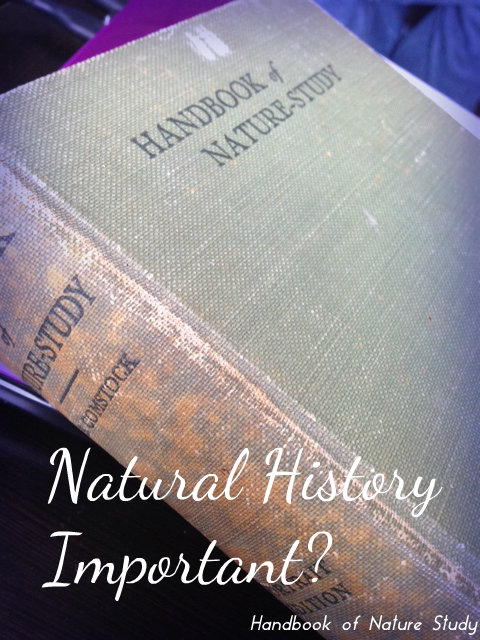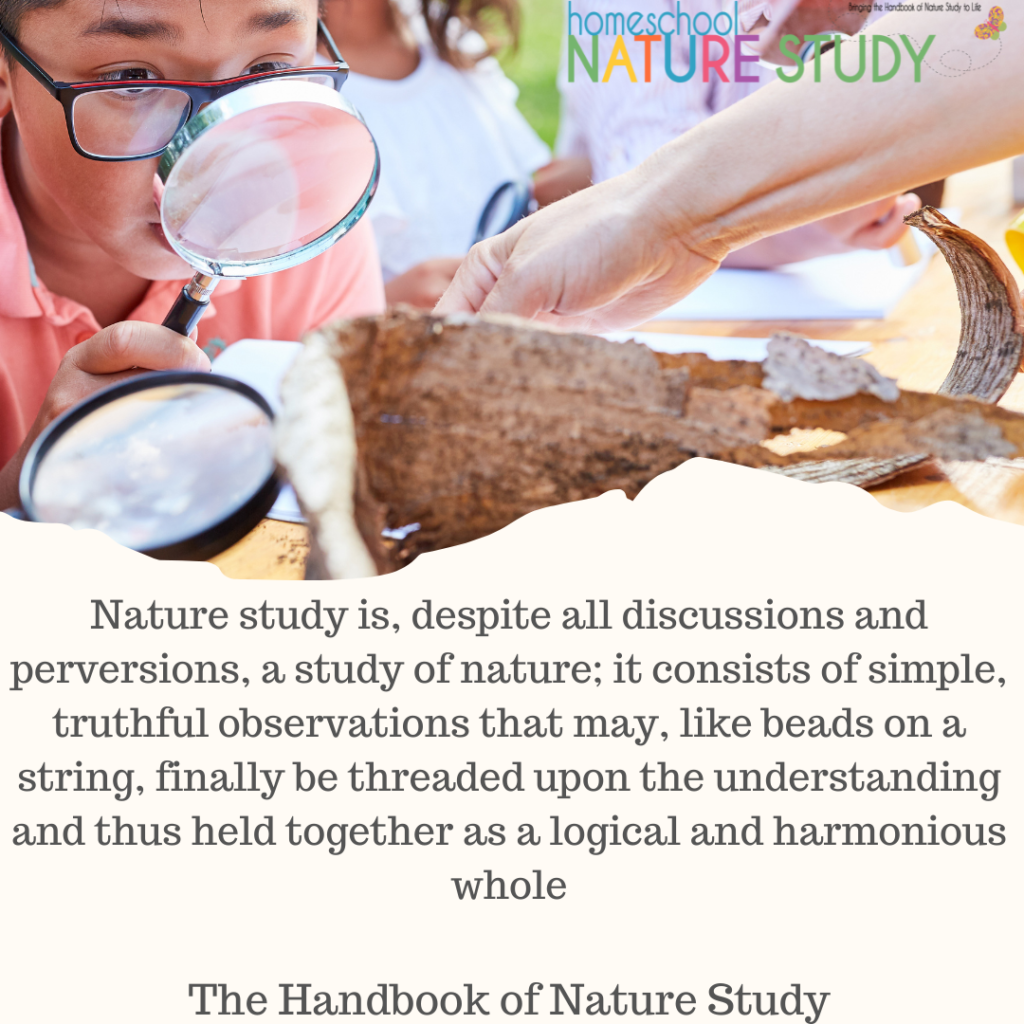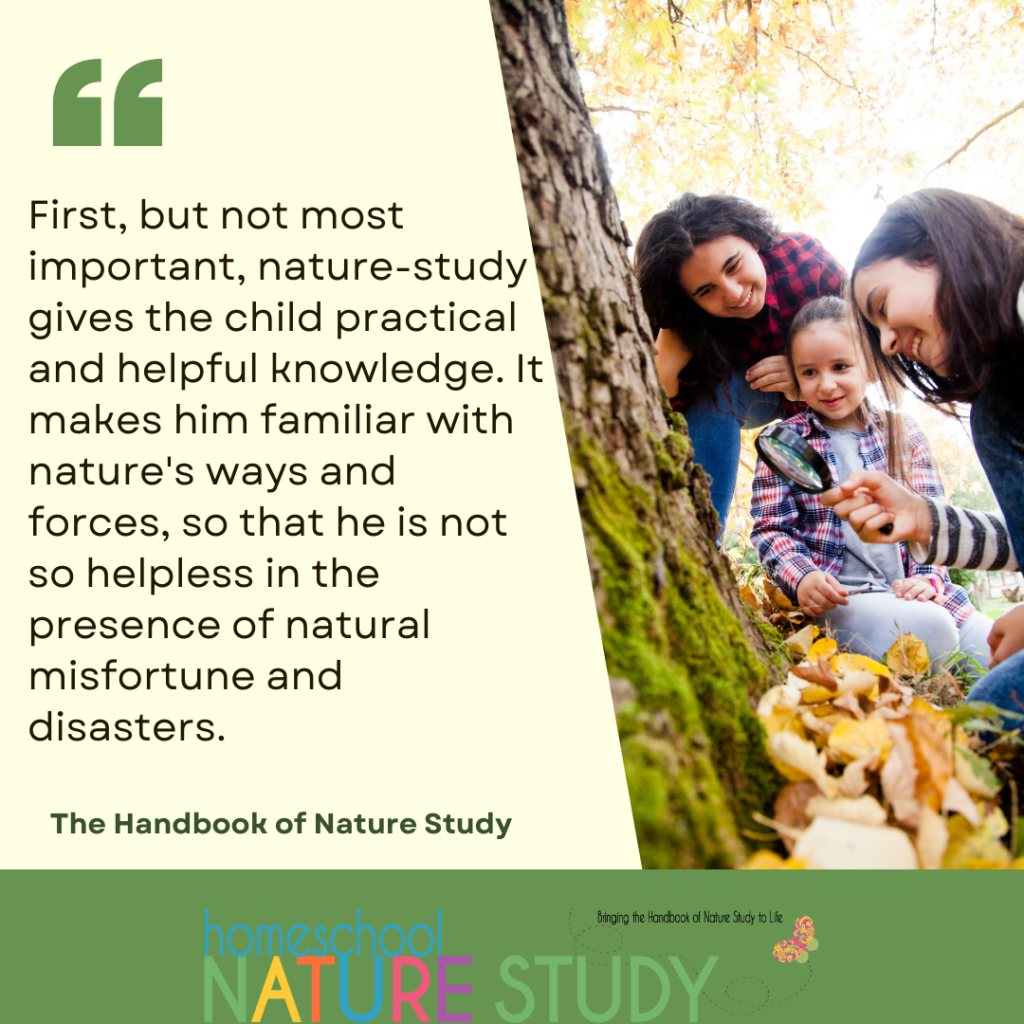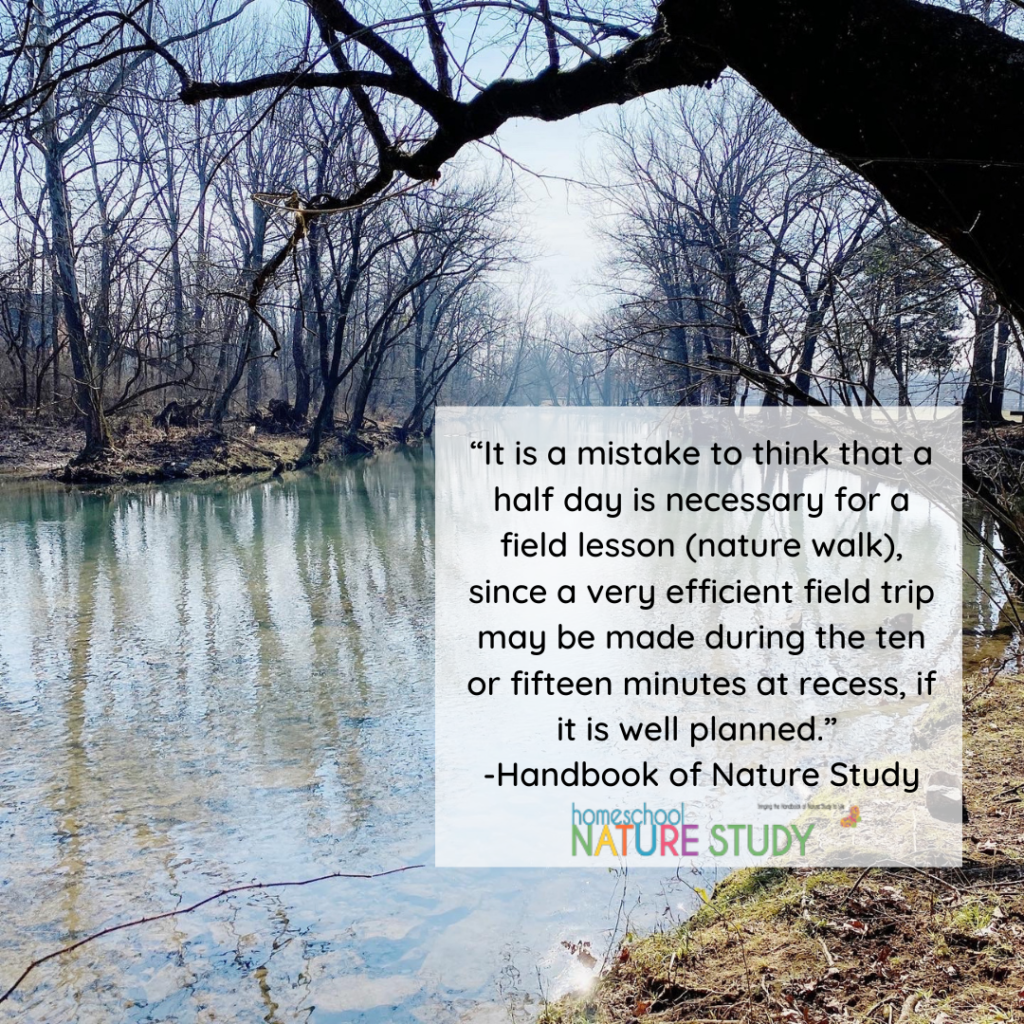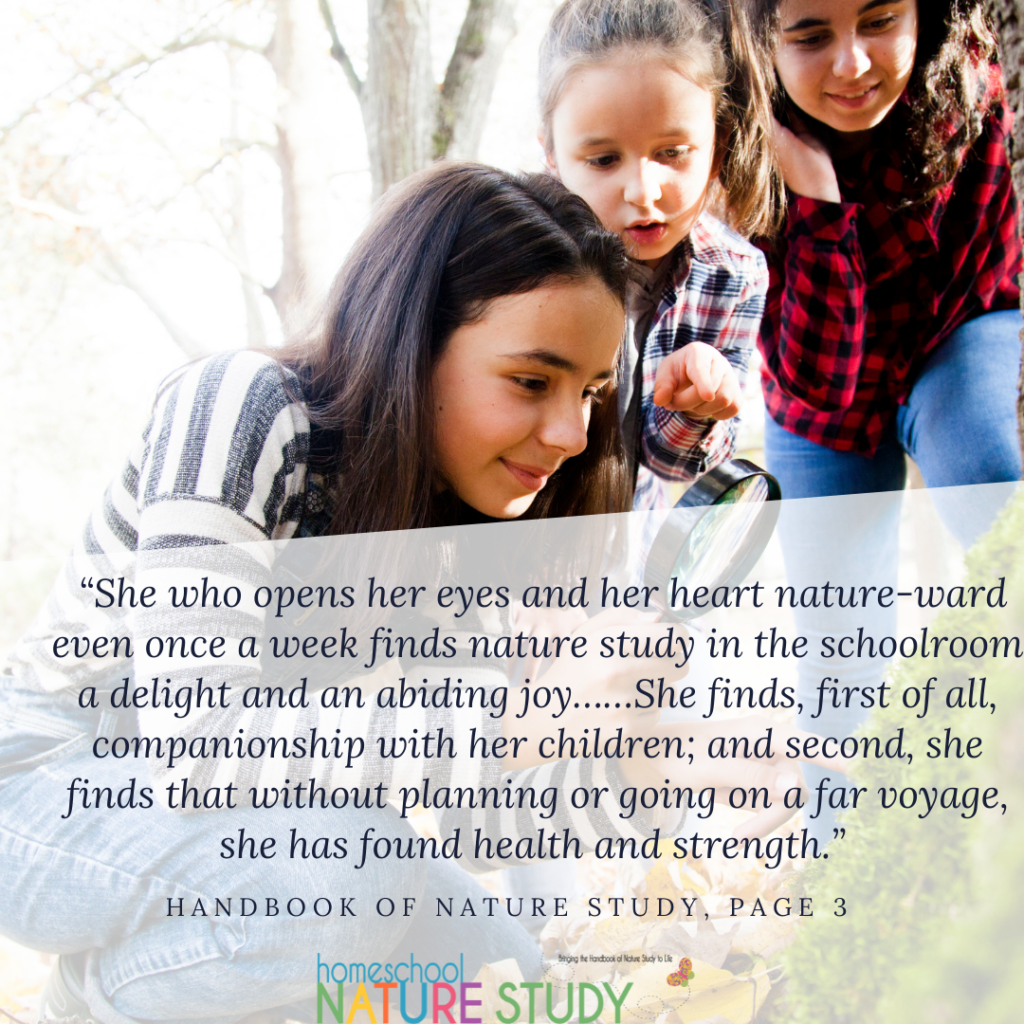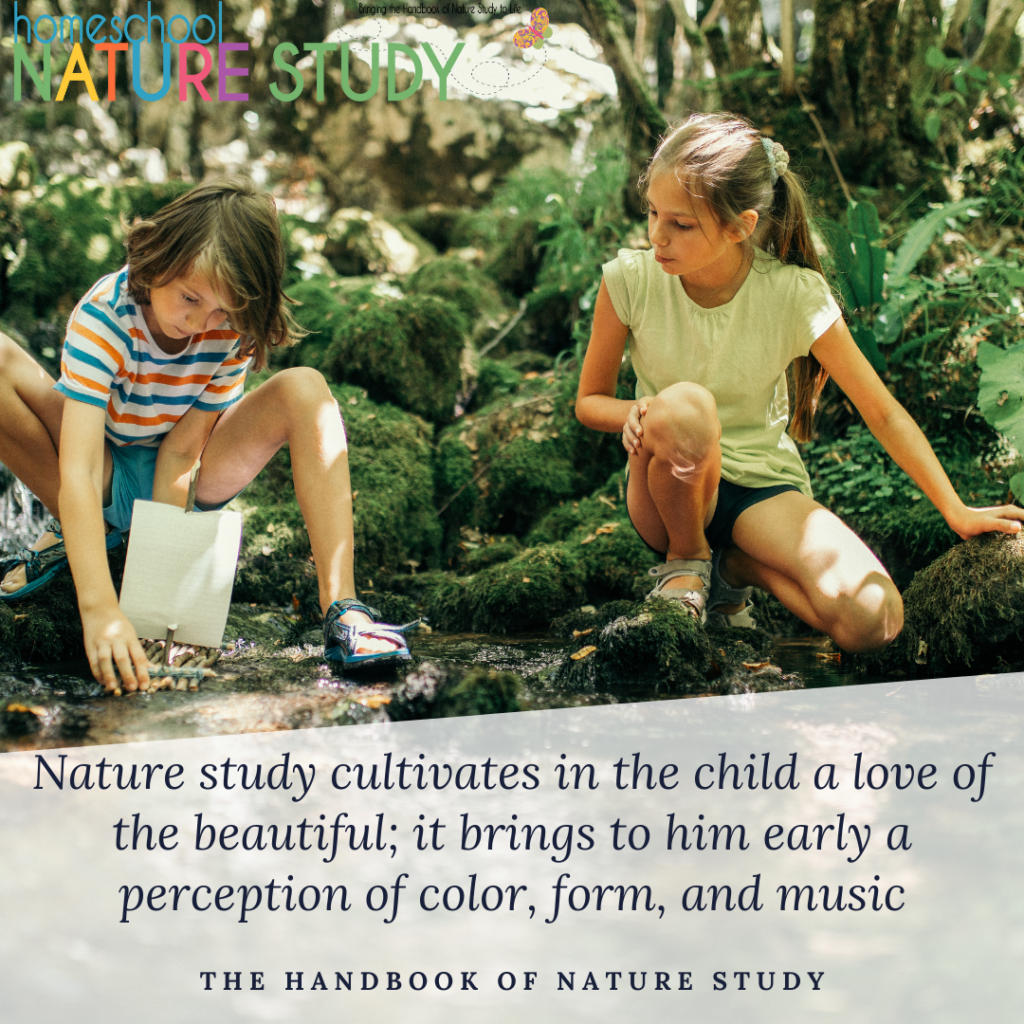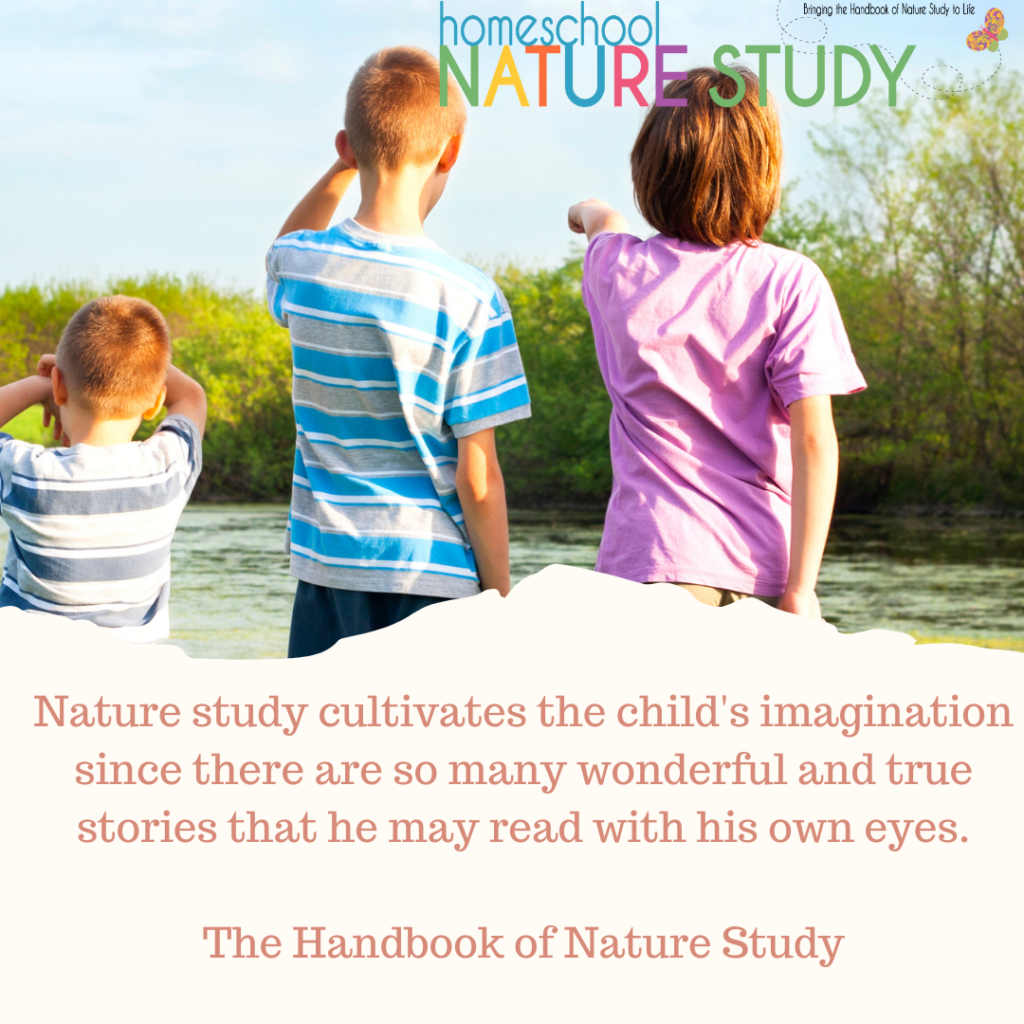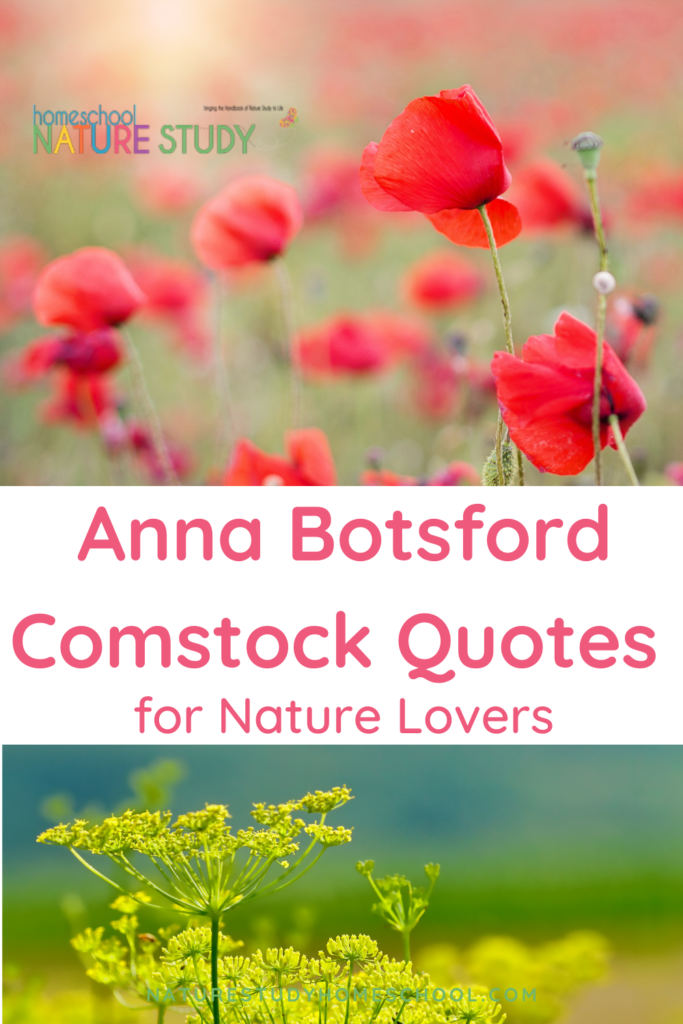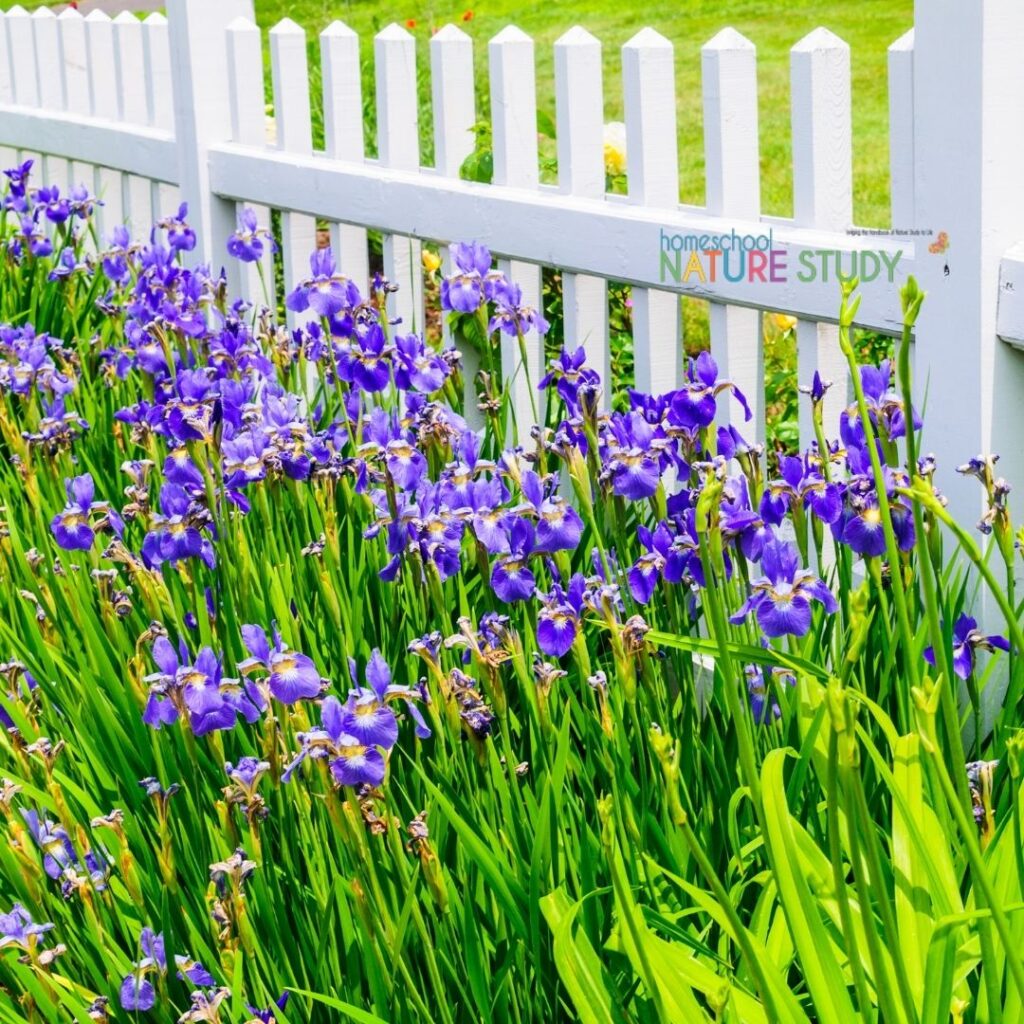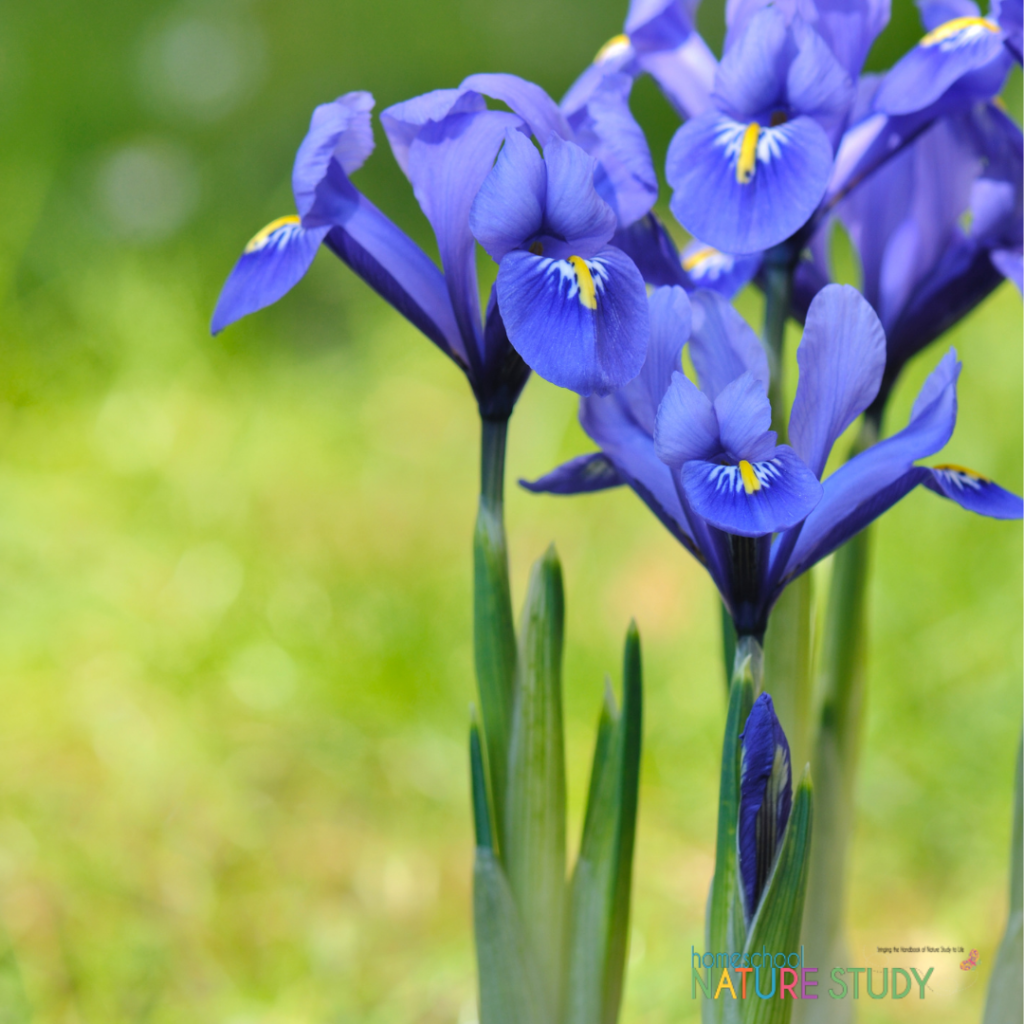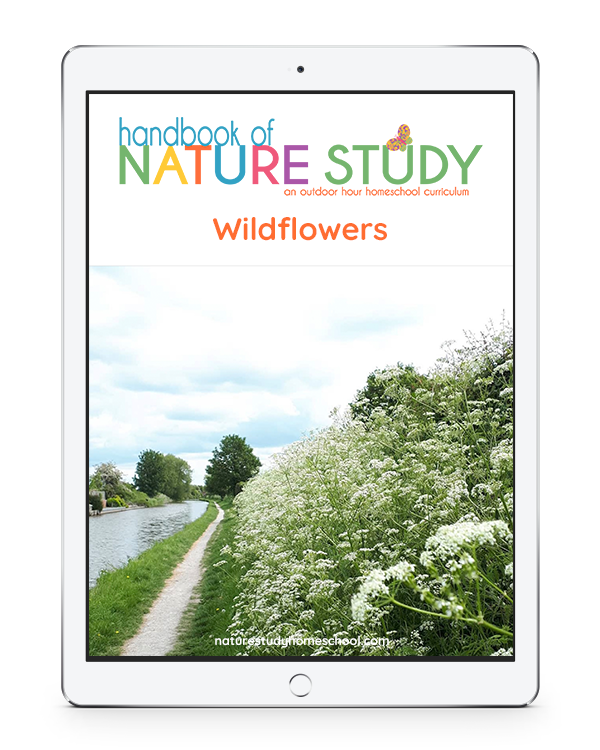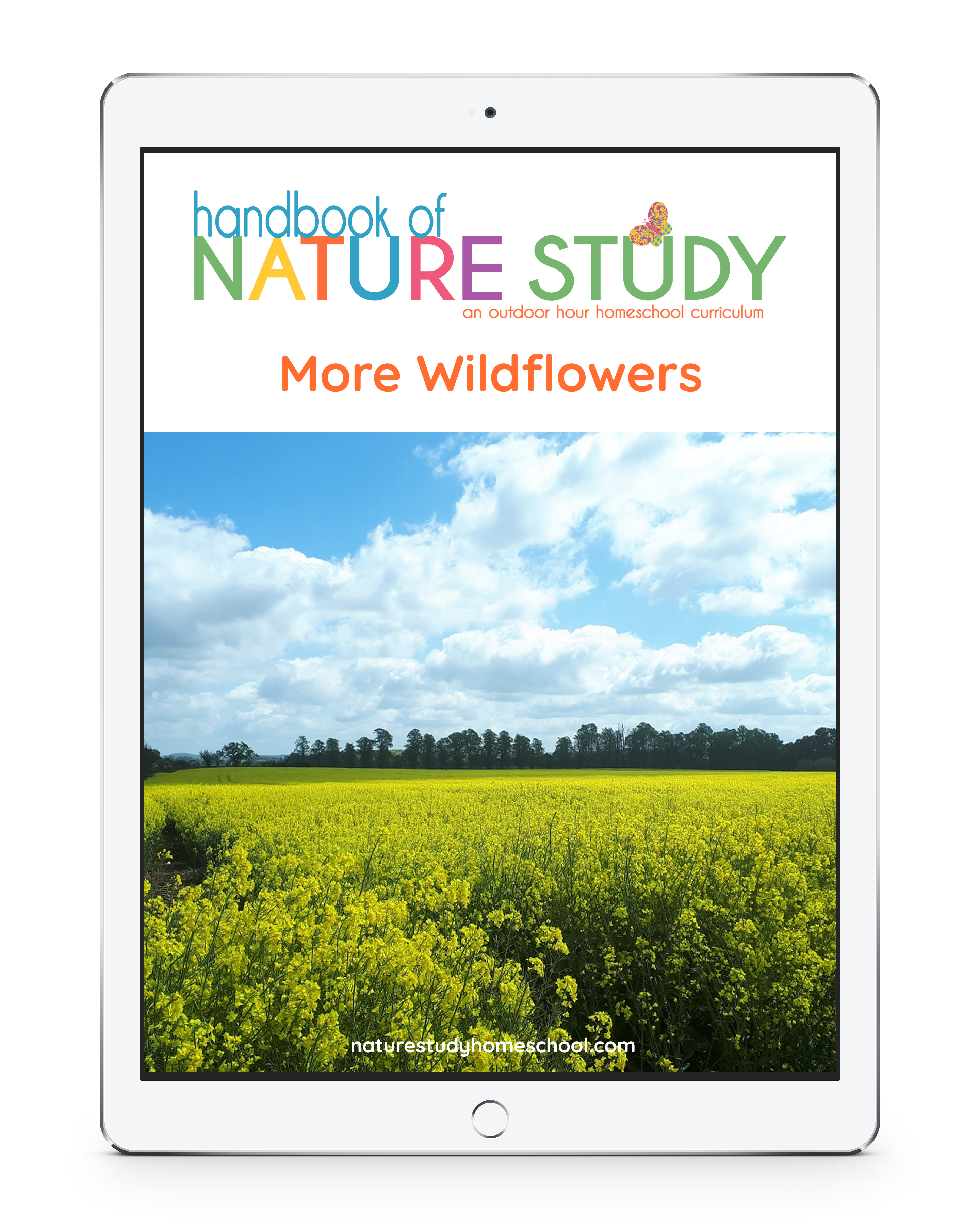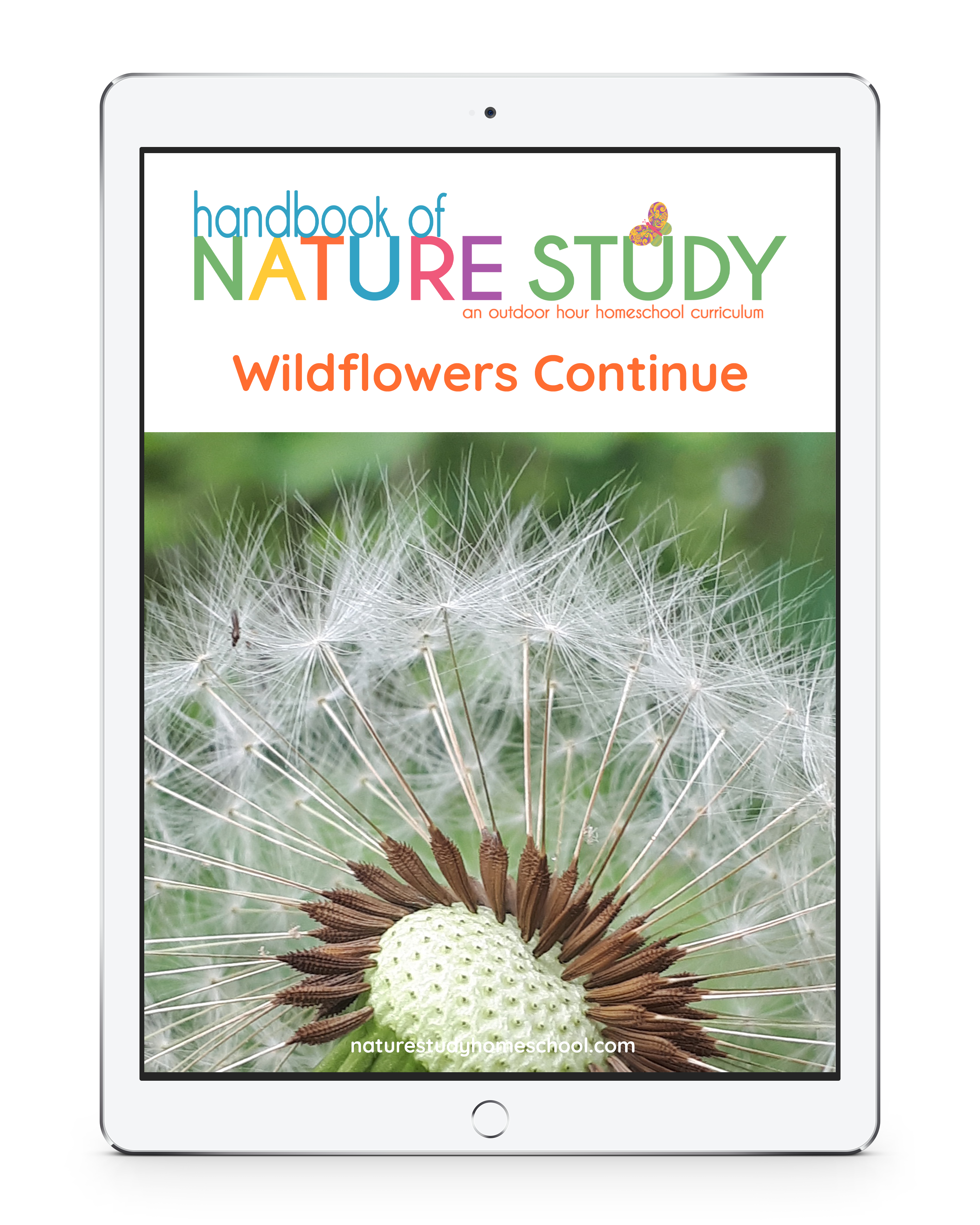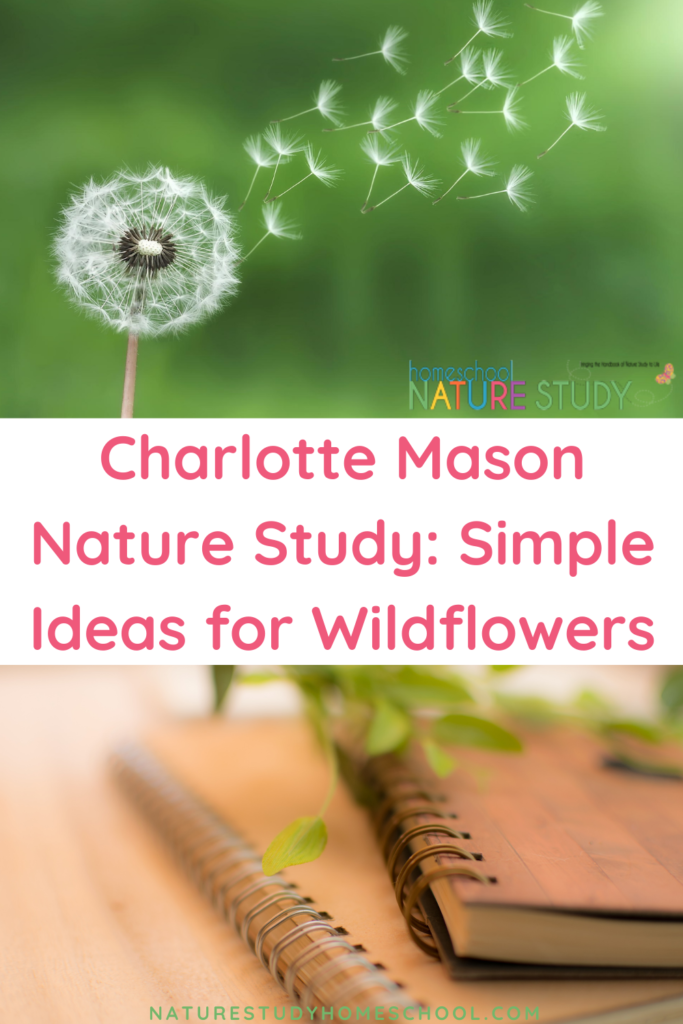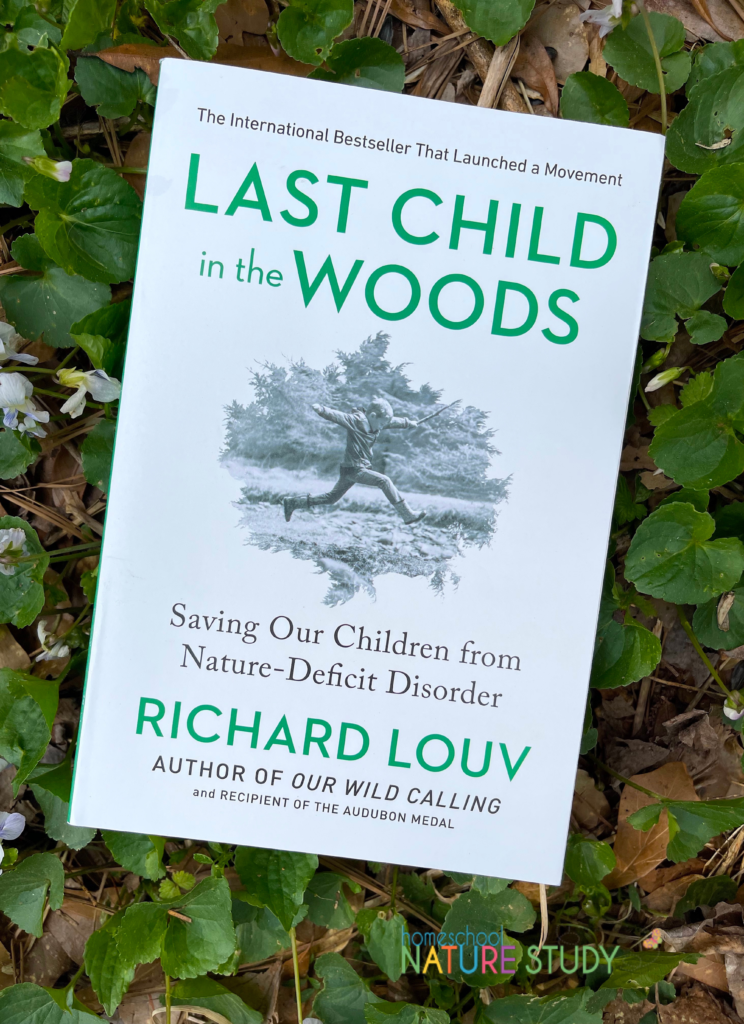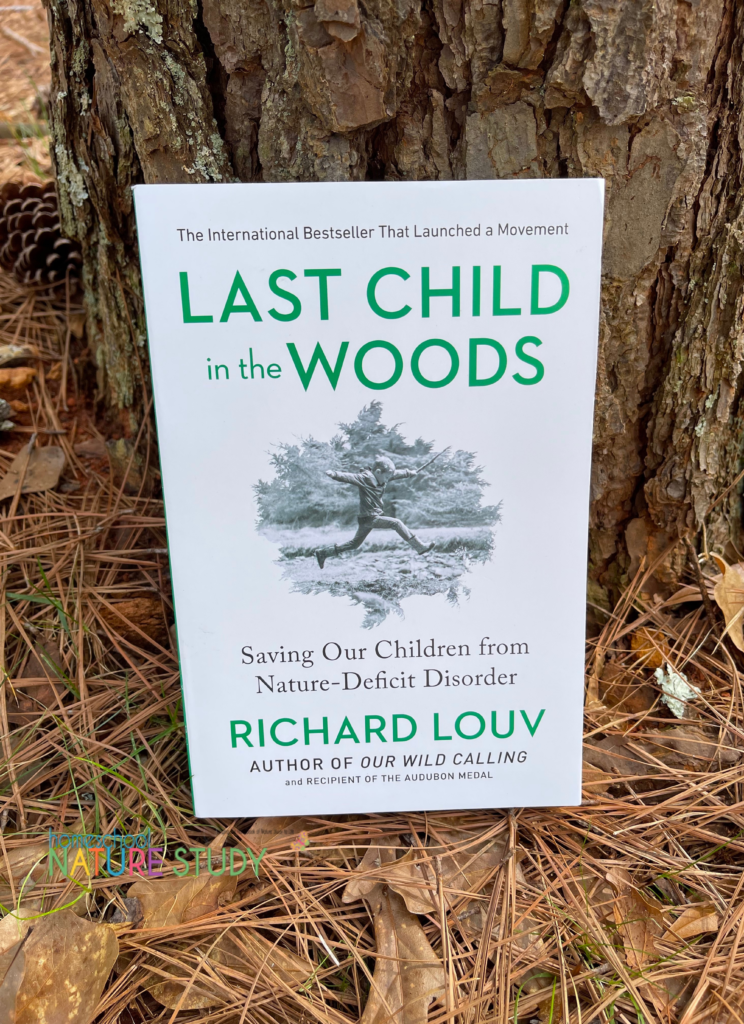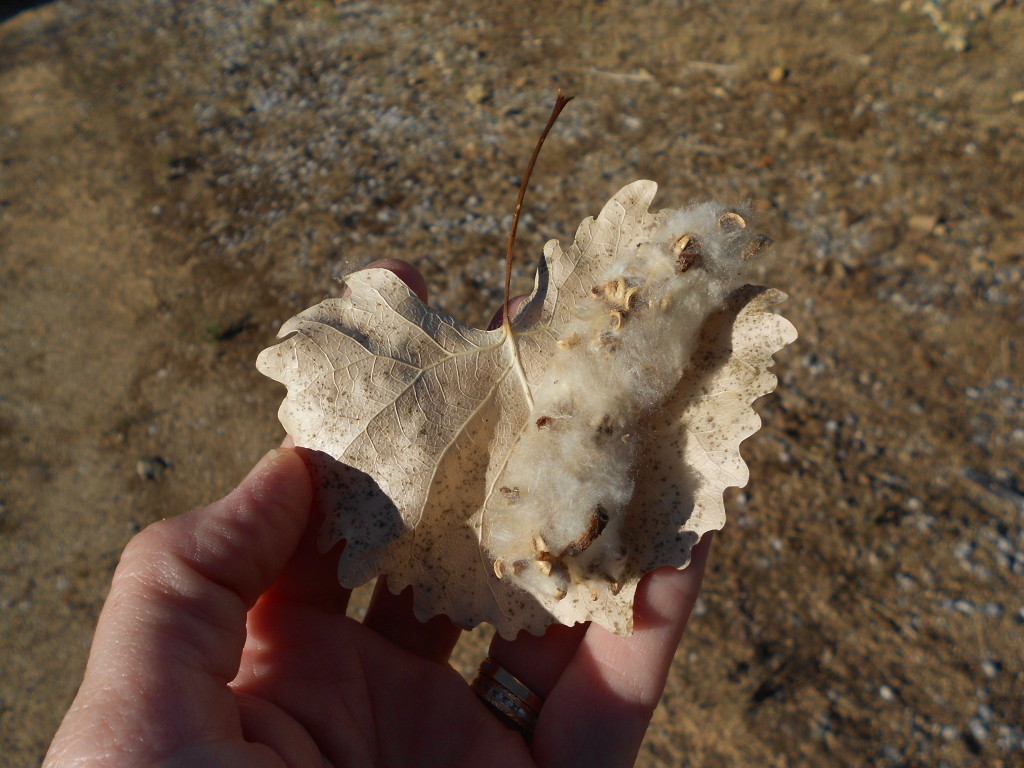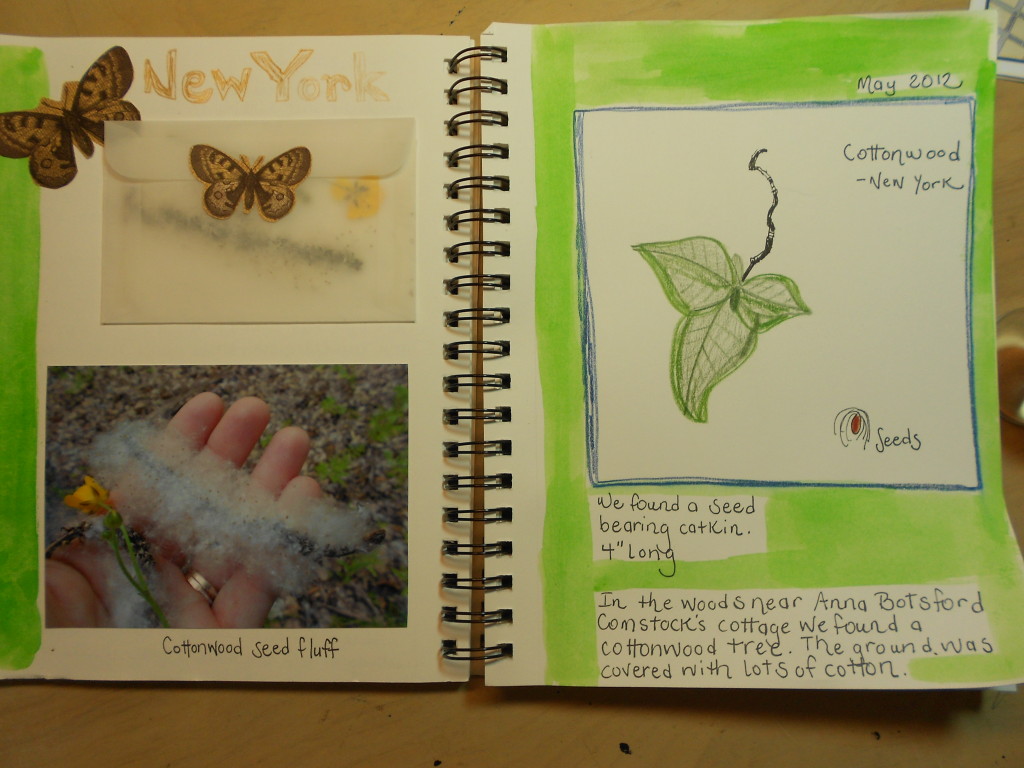Why is the study of natural history so important? How can you incorporate it into your day to day learning?
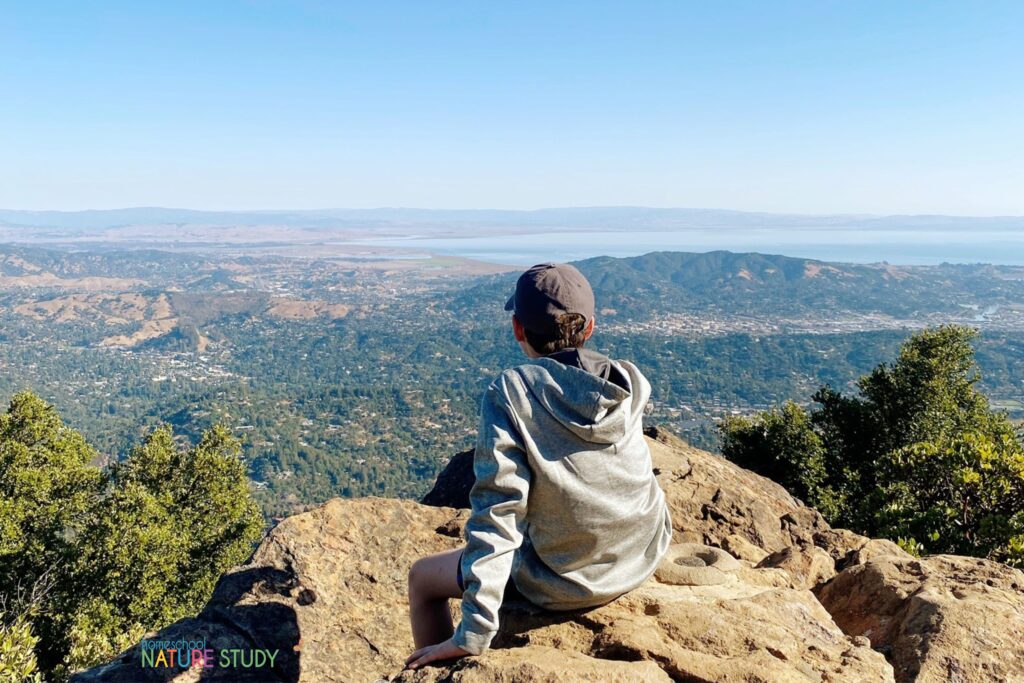
Is Natural History Important?
Every now and then I come across an article online that captures my interest. As I read the article linked below I realized how important what we are doing here on the Handbook of Nature Study is to our young children and families. Much to my great surprise, I found a section in the later part of the article that references Anna Botsford Comstock and her work with natural history and teaching.
Science And Natural History
I invite you to click over and read through this article…noting that as parents we can fill the gap and stoke the fires of a more traditional biology course. Adding in some natural history to your more academic and microbiology studies will give it more depth and context. Find a way to expose your young biology students to the natural world in an attempt to cover the material in high school (and earlier!) since they will not get that opportunity once they go onto college.
An Overview Of Natural History Is Dying
Some of my notes and quotes from the article:
Natural history by and large is no longer taught to biology majors, much less high school students.
“Further, exposure of students at all levels to natural history is diminishing. As we saw in the graph at the top of this post, all colleges and universities surveyed in the 1950s required at least some natural history courses for a biology degree – a median of 2.25. Today, most colleges have no natural history requirements for a biology degree, and the slim section devoted to natural history in the center of most textbooks has shrunk 40 percent and is usually skipped anyway, as I’m sure those of you with biology degrees earned in the last 20 years can attest.”
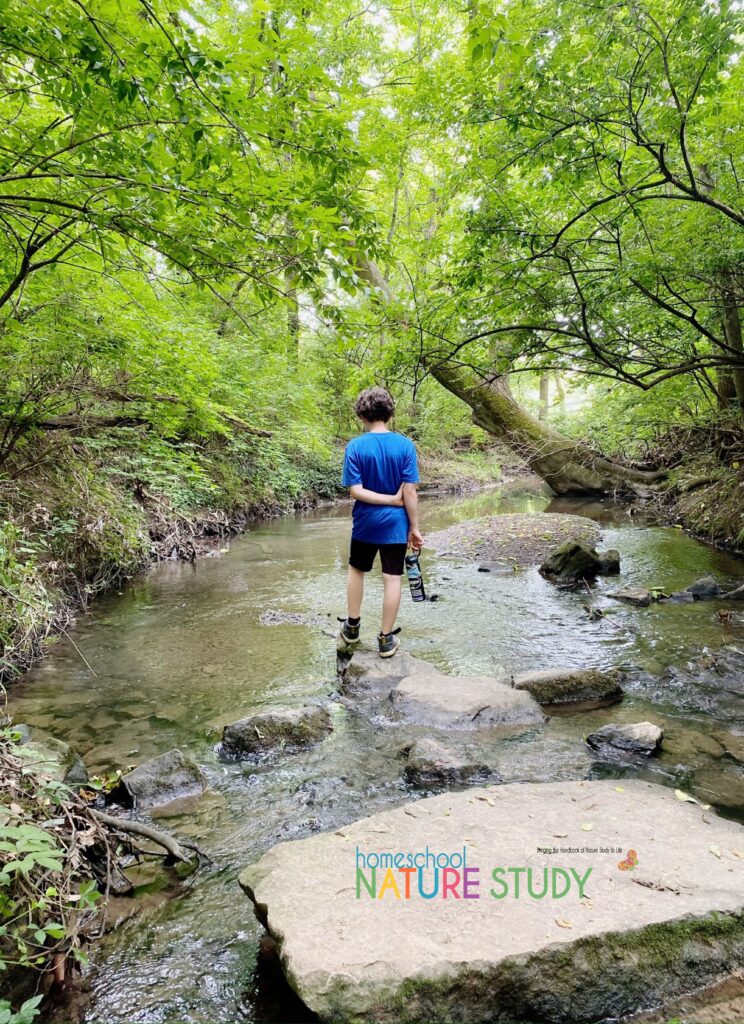
Using the suggestions from the Handbook of Nature Study and the Outdoor Hour Challenge provides help to parents in offering what is lacking in today’s science courses.
“Comstock’s book stressed the importance of kid-on-critter time. But increasingly, in the classrooms and museum exhibits that I’ve seen or visited, still images or interactive games are considered adequate substitutes. They are not.”
We can share our love for nature and make a difference in our child’s outlook towards the natural world.
“When kids do not grow up around natural history, they become adults who are not only ignorant of natural history, but who do not care about nature and view it as disposable and unimportant. “Ecological ignorance breeds indifference,” as Pyle put it. “What we know, we may choose to care for. What we fail to recognize, we certainly won’t.”
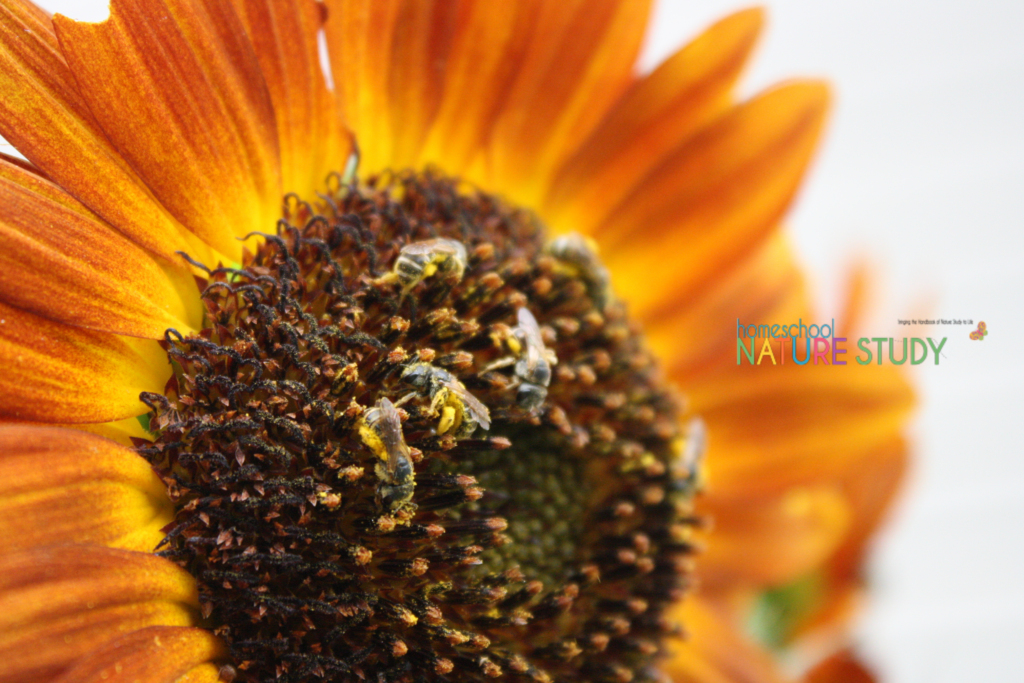
We can make those simple but powerful memories happen for our children.
“To love Earth, you have to fall in love with Earth. And that can’t happen indoors, eyes glued to a screen. You have to watch the bee gathering nectar from the blue bonnet; you have to smell and touch the sap (and discover it is now impossible to remove from your fingers) weeping from the tree; you have to smell the citrussy cinnamonny gym-socky aroma of the matsutake fresh from the pine duff.”
Use the resources here on our website and in the Handbook of Nature Study by Anna Botsford Comstock to introduce your child to the birds, plants, reptiles, insects, and other forms of life around them. Take it one subject at a time and make sure to get outside each week!
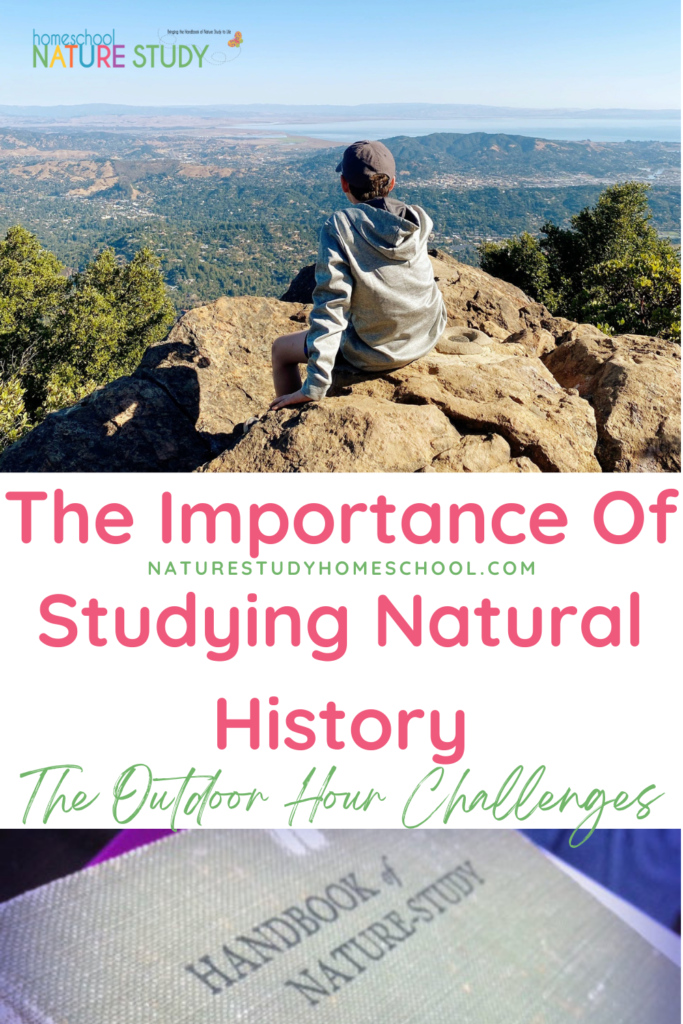
The Outdoor Hour Challenges Bring The Handbook of Nature Study to Life in Your Homeschool!
For even more homeschool nature study ideas for all seasons, join us in Homeschool Nature Study membership! You’ll receive new ideas each and every week that require little or no prep – all bringing the Handbook of Nature Study to life in your homeschool!
Written by Barb and updated by Tricia

